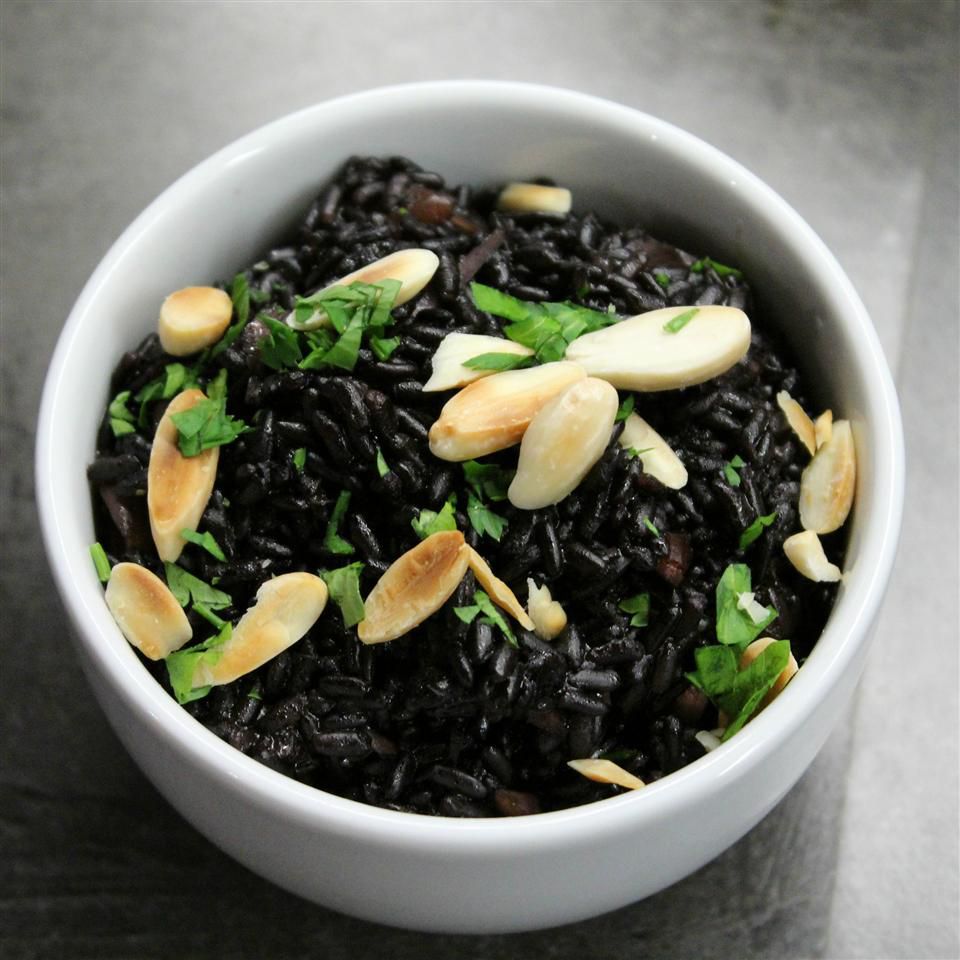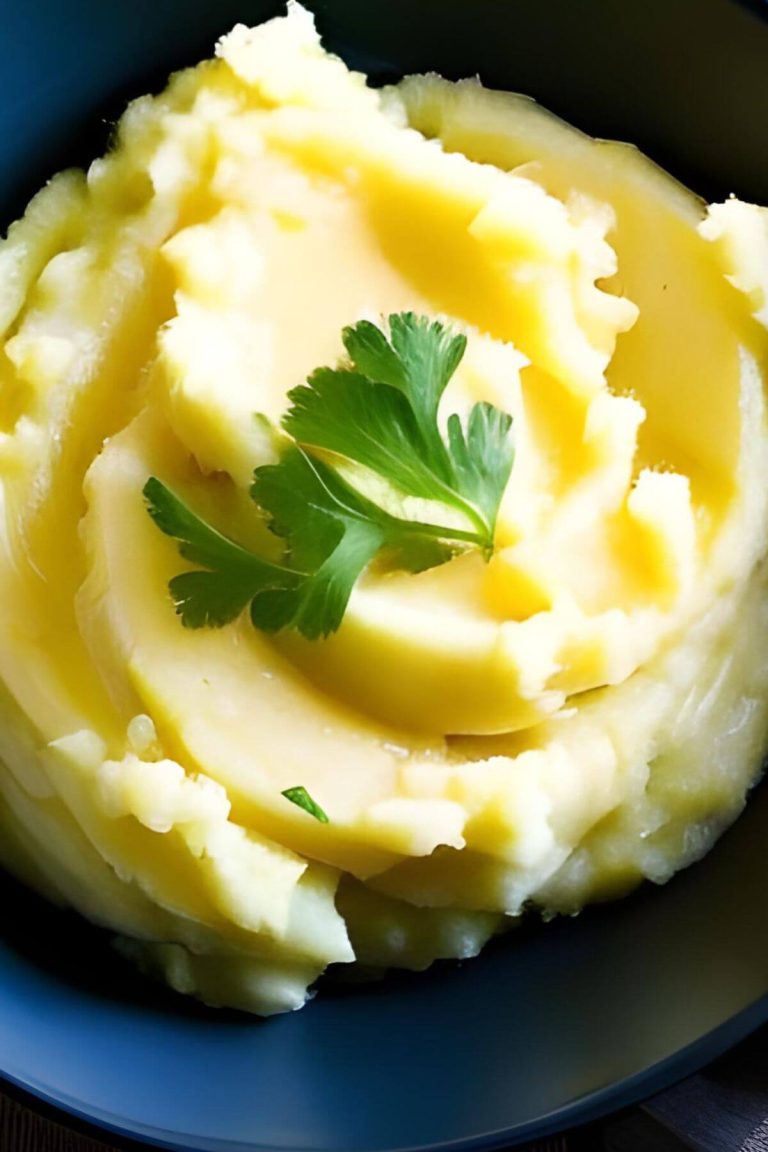Black Rice Recipe
Black rice, often called “forbidden rice,” is a type of heirloom rice known for its deep black color and rich, nutty flavor. The distinctive dark hue comes from anthocyanins, potent antioxidants also found in blueberries and blackberries. Compared to other rice types, black rice contains higher levels of protein, fiber, and essential minerals. When cooked, the rice turns a deep purple color, enhancing its visual appeal and nutritional value.
A Brief History
Originating in ancient China, black rice was once reserved exclusively for royalty, earning it the moniker “forbidden rice.” Historical records indicate its cultivation dates back over 10,000 years. Chinese emperors prized it for its believed health benefits and rarity. Over time, black rice cultivation spread to other parts of Asia, including India, Thailand, and Indonesia. Despite its ancient roots, black rice remains relatively uncommon outside Asia, which adds to its allure and market value today.
Nutritional Benefits of Black Rice
Key Vitamins and Minerals
Black rice provides essential vitamins and minerals that support overall health. It’s particularly rich in iron, which helps transport oxygen in your blood and maintains energy levels. One serving delivers nearly 6% of your daily iron requirement. Additionally, black rice offers a significant amount of vitamin E, boosting immune function and skin health. Other key nutrients include magnesium and phosphorus, contributing to bone strength and muscle function.
Antioxidant Properties
Black rice contains anthocyanins, powerful antioxidants responsible for its dark color. Anthocyanins protect your cells from oxidative stress by neutralizing harmful free radicals. Studies from the National Center for Biotechnology Information indicate that anthocyanins help reduce inflammation and lower the risk of chronic diseases like heart disease and cancer. Compared to other rice varieties, black rice has the highest antioxidant activity, making it a superior choice for enhancing your diet’s antioxidant content.
Culinary Uses of Black Rice
Traditional Dishes
Black rice has a rich history in traditional Asian dishes. In Thailand, black rice is often used in desserts like “black sticky rice pudding” made with coconut milk and sugar, creating a sweet and creamy treat. In China, black rice is utilized in “eight-treasure rice” that includes ingredients like nuts, fruits, and seeds, enhancing both flavor and nutrition. Indonesian cuisine features “bubur ketan hitam,” another dessert combining black rice with palm sugar and coconut milk. These dishes highlight the versatility and unique flavor profile of black rice.
Modern Culinary Innovations
Modern culinary trends embrace black rice for its color and health benefits. Chefs create visually striking salads by mixing black rice with vegetables, nuts, and lean proteins. It also serves as a nutritious alternative to white rice in sushi, adding depth and texture to rolls. Pioneering bakers incorporate black rice flour in gluten-free baking, producing bread and pastries with a distinct taste and nutritional boost. Incorporating black rice into power bowls with grains, legumes, and greens adds a superfood quality to everyday meals. Black rice provides a balance of flavor and nutrition, inspiring culinary creativity.
Health Impact of Consuming Black Rice
Effects on Digestive Health
Black rice aids digestive health due to its high fiber content. In 100 grams, black rice contains 4.9 grams of fiber, promoting regular bowel movements and preventing constipation. Soluble fiber in black rice also acts as a prebiotic, fostering the growth of beneficial gut bacteria. Improved gut microbiota contribute to better digestion and nutrient absorption.
Benefits for Heart Health
Black rice positively influences heart health. The presence of anthocyanins in black rice reduces oxidative stress and lowers inflammation, crucial factors in heart disease prevention. Consuming black rice helps decrease LDL cholesterol levels, reducing the risk of atherosclerosis. In a study, participants consuming black rice exhibited a significant reduction in total cholesterol and LDL levels compared to those consuming white rice, demonstrating its heart-protective properties.
Comparing Black Rice to Other Rice Varieties
Nutritional Differences
Black rice stands out nutritionally compared to other rice varieties like white rice and brown rice. Black rice contains more antioxidants due to its anthocyanin pigments, which are absent in white and brown rice. Its higher iron, vitamin E, and magnesium content ensures better nutritional intake.
Nutritional Comparison Table:
| Nutrient | Black Rice | White Rice | Brown Rice |
|---|---|---|---|
| Protein (grams) | 8.5 | 6.5 | 7.5 |
| Iron (mg) | 3.5 | 0.2 | 1.0 |
| Magnesium (mg) | 280 | 35 | 143 |
| Fiber (grams) | 4.9 | 0.3 | 3.5 |
Taste and Cooking Differences
Black rice has a denser, nuttier taste compared to the mild flavors of white and brown rice. It absorbs flavors well, making it versatile in savory and sweet dishes.
Cooking time for black rice is longer than for white rice. Black rice typically takes 30-35 minutes to cook, while white rice cooks in about 15-20 minutes. Brown rice falls in between, taking roughly 25-30 minutes. Soaking black rice for a few hours before cooking can reduce the cooking time.
When comparing textures, black rice has a chewy consistency, making it a unique addition to various recipes. This texture contrasts with the fluffy texture of white rice and the slightly chewy texture of brown rice.
Black rice excels in nutritional value, taste profile, and culinary applications when compared to other rice varieties. Its health benefits and distinct characteristics make it an excellent choice for those looking to explore different types of rice in their diet.
Conclusion
Black rice stands out as a nutritional powerhouse with its rich history and exceptional health benefits. Its unique flavor and versatility make it a valuable addition to your diet. By incorporating black rice into your meals, you’re not only enhancing your culinary experience but also boosting your overall health. Whether you’re looking to improve your heart health, support your digestive system, or simply enjoy a delicious and nutritious meal, black rice is an excellent choice. Embrace this ancient grain and discover the myriad ways it can benefit your well-being and elevate your dishes.




